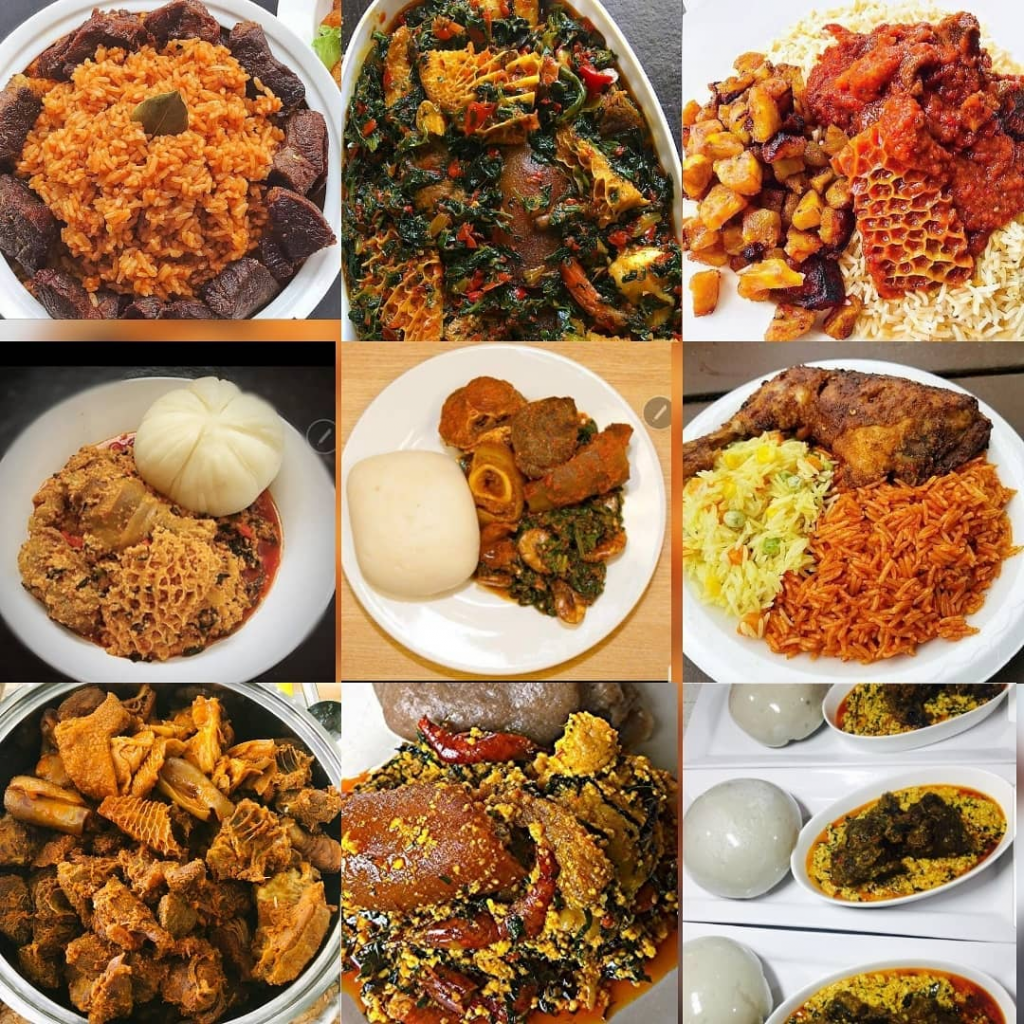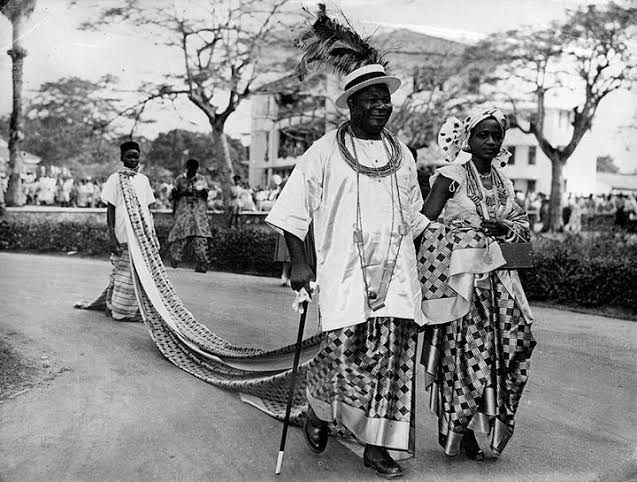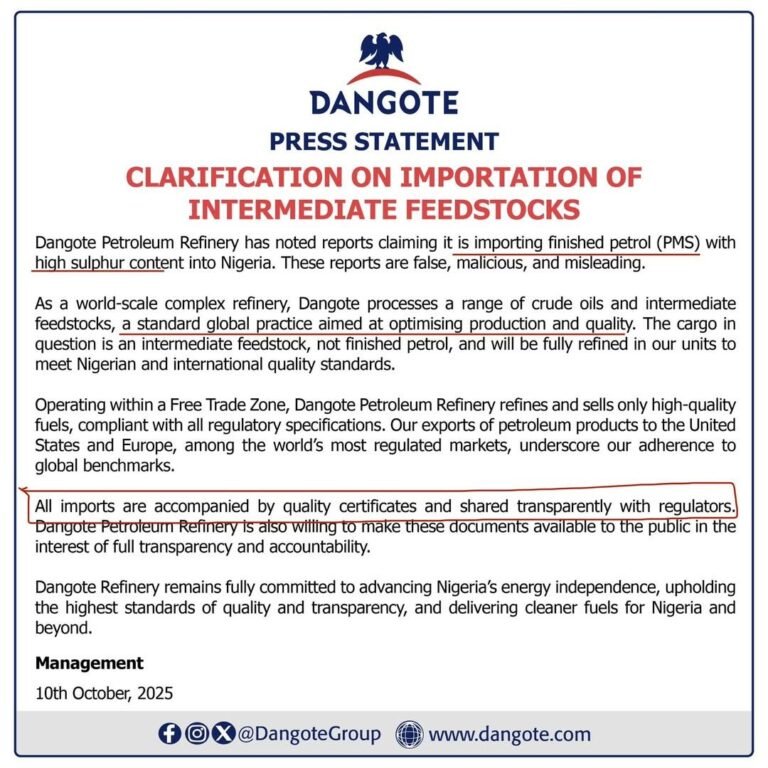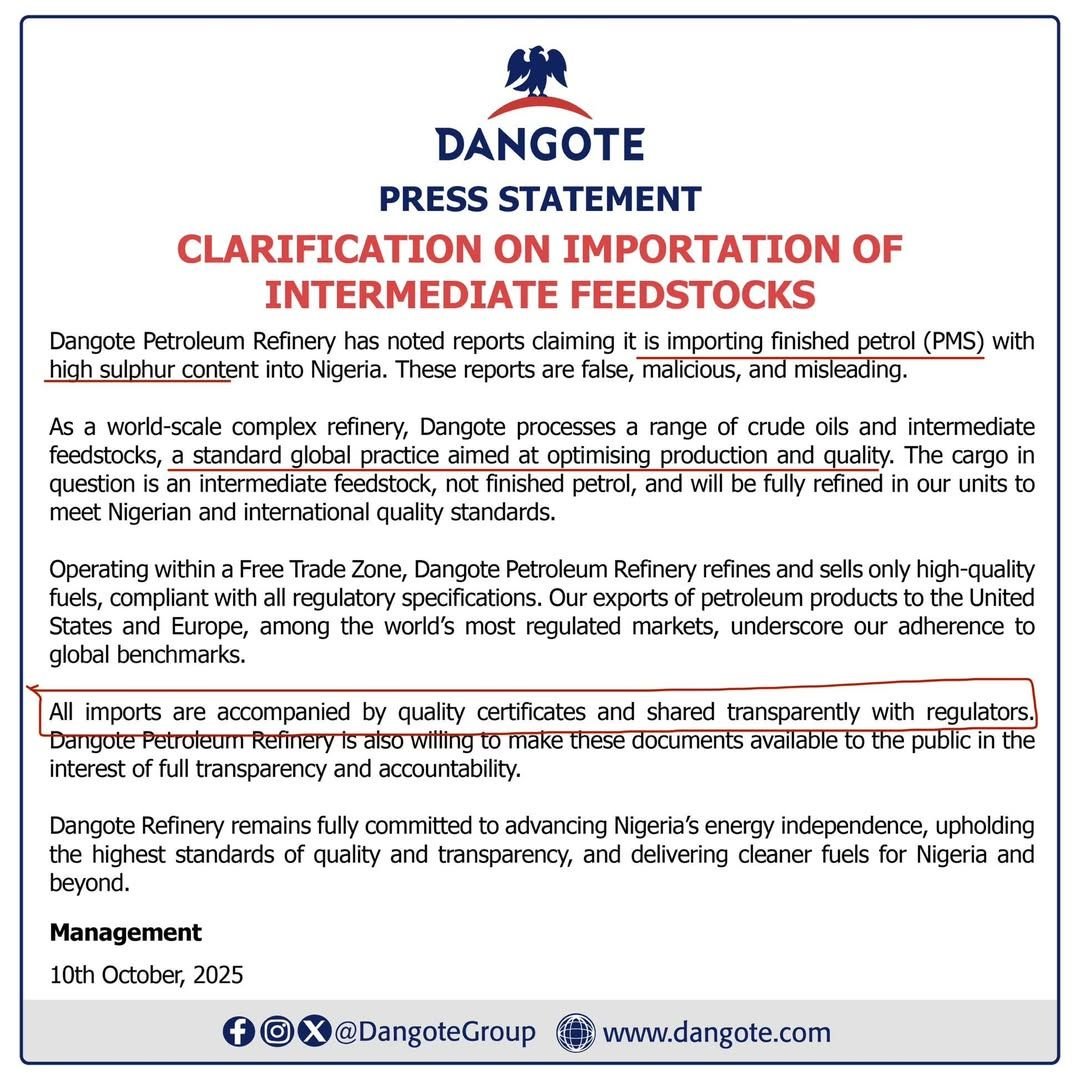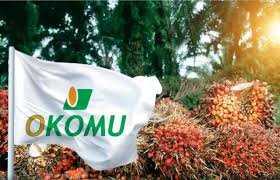New global data compiled by Picodi and Euromonitor International reveals wide disparities in how much households spend on food worldwide. While Nigerians allocate 59% of their total spending to food—the highest in the world—some African countries spend far less, reflecting stronger purchasing power, better food supply chains, and higher average incomes.
Full List
Below are the ten African countries where food is cheapest, based on the share of total consumer expenditure devoted to food consumed at home.
1. South Africa – 21%
South Africa ranks as the African country where food is relatively cheapest. With only 21% of total consumer spending going to food, South Africans benefit from higher wages, a more industrialized agriculture sector, and extensive retail competition that helps keep prices stable. Supermarket chains like Shoprite and Pick n Pay maintain efficient distribution networks, reducing food costs compared to most African peers.
2. Algeria – 37.3%
Algeria’s food subsidies, particularly for staples such as wheat and milk, have kept household spending on food relatively moderate. Despite periodic shortages, food accounts for 37.3% of total spending. The government’s import-backed price stabilization policies continue to shield low-income households from severe food inflation.
3. Egypt – 37.6%
Egyptians spend 37.6% of household budgets on food. The country’s long-standing bread subsidy programme and vast domestic agricultural sector help moderate prices. However, recent devaluations and higher import costs have pushed food inflation higher in urban areas.
4. Côte d’Ivoire – 38.5%
In Côte d’Ivoire, food takes up 38.5% of household budgets. The country’s steady agricultural output—especially cocoa, cassava, and plantain—helps cushion local consumers. Strong rural-urban trade links and moderate urban wages also make food relatively affordable compared to much of Sub-Saharan Africa.
5. Ghana – 39.1%
Ghanaian households spend 39.1% of their income on food. The government’s investment in agricultural productivity through the Planting for Food and Jobs programme has supported lower food costs, although currency depreciation and transport costs remain key inflationary pressures.
6. Uganda – 44.2%
Ugandans spend 44.2% of their total expenditures on food. With a largely agrarian economy and domestic food sufficiency in staples like maize and bananas, rural communities are better able to manage food costs, though urban households still feel the impact of rising transport and storage costs.
7. Cameroon – 45.2%
In Cameroon, 45.2% of spending goes to food. The country’s diverse food basket—ranging from cassava to fish—keeps overall food prices lower than in many neighbouring countries. However, imported goods and urban inflation are pushing up costs in cities like Douala and Yaoundé.
8. Angola – 49.7%
Angolan households allocate 49.7% of total spending to food. The nation’s heavy dependence on imports makes prices volatile, but higher oil earnings and wage levels among urban consumers keep its food-spending ratio below that of several peers.
9. Kenya – 55.1%
Kenya’s figure of 55.1% reflects the dual reality of affordable local staples like maize and ugali, alongside expensive imported goods. Inflationary pressure from droughts and energy costs continues to raise food prices, but the country’s vibrant retail sector and agricultural exports help maintain relative stability.
10. Nigeria – 59%
At 59%, Nigeria tops the world for the highest share of consumer spending on food. Despite being Africa’s largest economy, most households devote well over half their income to feeding. This underscores weak purchasing power, poor logistics, and an over-reliance on imported


